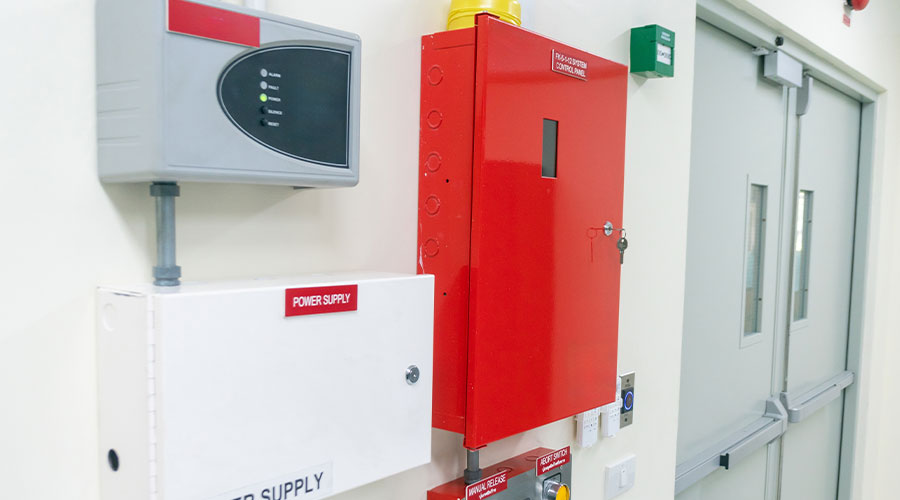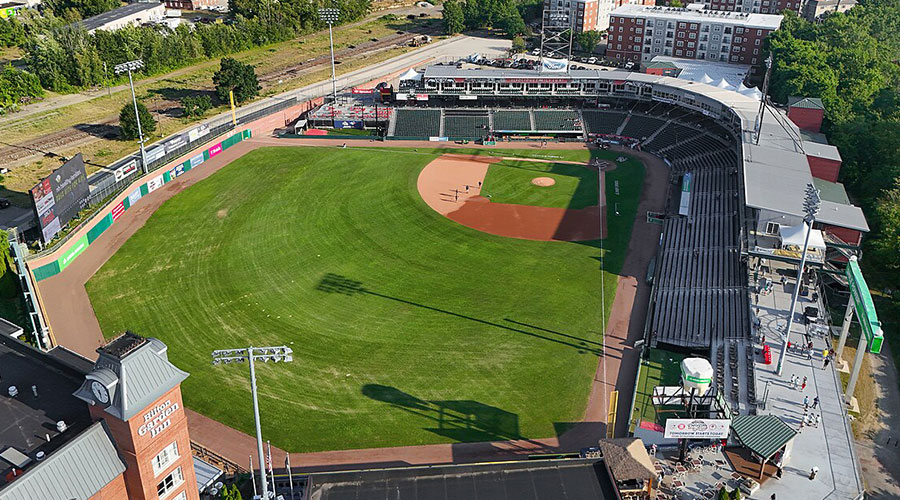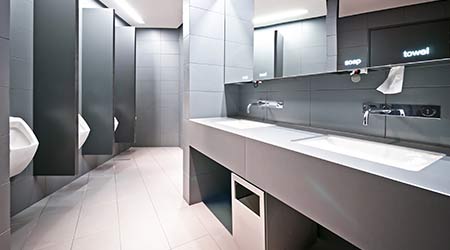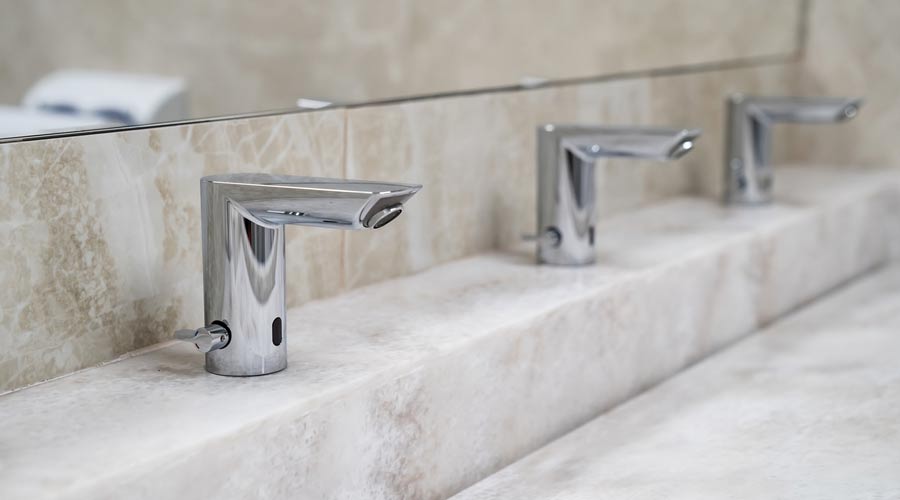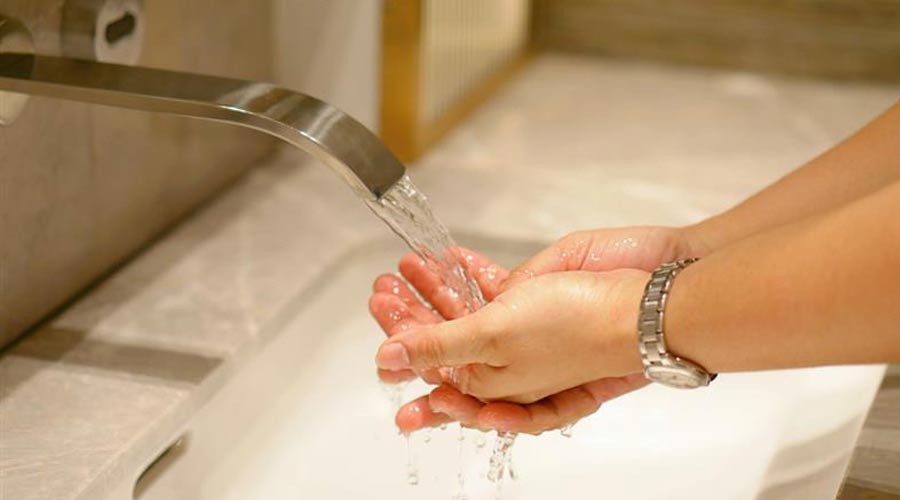Building Codes Create Challenges for Restroom Upgrades
Building codes and accessibility guidelines can create challenges for managers while performing a restroom upgrade.
Code considerations
While the understandable temptation in the planning process for restroom upgrades is to focus on water use and project costs, managers also need to be aware of another crucial consideration that can affect the overall success of the project: building codes. Building codes and accessibility guidelines can create challenges for managers that can affect product specification, user comfort and beyond.
One code challenge is related to the process of specifying plumbing products. Many local code officials are unfamiliar with or simply do not believe in some new plumbing products that manufacturers have developed for applications in restrooms.
For example, not all local building codes permit waterless urinals. While the International Plumbing Code and many state-adopted plumbing codes allow these products, some local jurisdictions still do not. To overcome this obstacle, managers need to work with local officials. Manufacturers can provide assistance, but success depends on the level of effort the manager exerts.
One essential step for managers in ensuring the code compliance of restroom and plumbing upgrades is doing the homework. Become familiar with the latest codes as they apply to restrooms. Green building codes and standards for water use and energy efficiency have been widely accepted by state and local agencies, so facilities might have to comply with them.
Fortunately, plumbing product manufacturers have responded to these requirements with compliant components and fixtures. Managers need to make certain that all fixtures carry the appropriate compliance label specifications.
Restroom partitions also can present challenges for managers during the specification process. Partitions constructed from polypropylene and high-density polyethylene have gained popularity in recent years due to their corrosion and vandalism resistance.
Unfortunately, these materials are flammable. The National Fire Protection Association and the International Code Council have developed standards for building products constructed from these materials.
As a result, maintenance and engineering managers should specify restroom partitions that are compliant with the latest fire and safety codes. Renovations of existing restrooms, must comply with the 2010 ADA standards for Accessible Design.
Managers no longer can do a one-for-one replacement of plumbing and restroom components and expect the renovated space to meet code requirements. Even the placement of such items as flush valves and grab bars must comply with the code requirements in order to avoid expensive reworking of the renovated facilities.
For these reasons, it is important that someone who fully understands the code requirements completes the restroom design.
That person also must understand the other issues managers face, from traffic flow to reduced maintenance costs. That level of understanding is only achieved by clearly defining the priorities before the design phase starts.
James Piper, P.E., is a national consultant based in Bowie, Md. He has more than 35 years of experience with facilities maintenance, engineering and management issues.
Related Topics:






